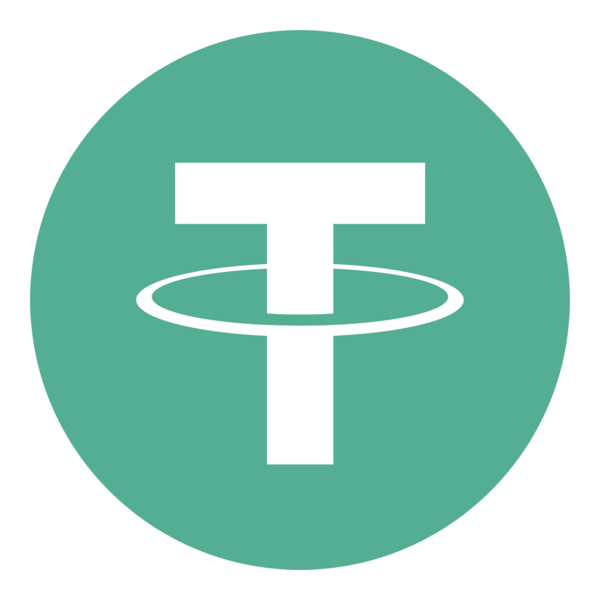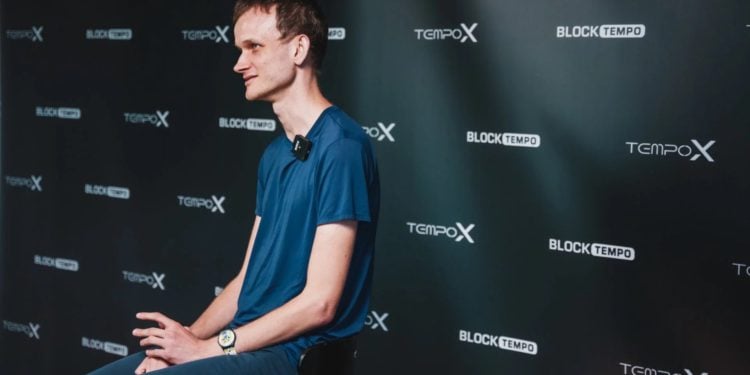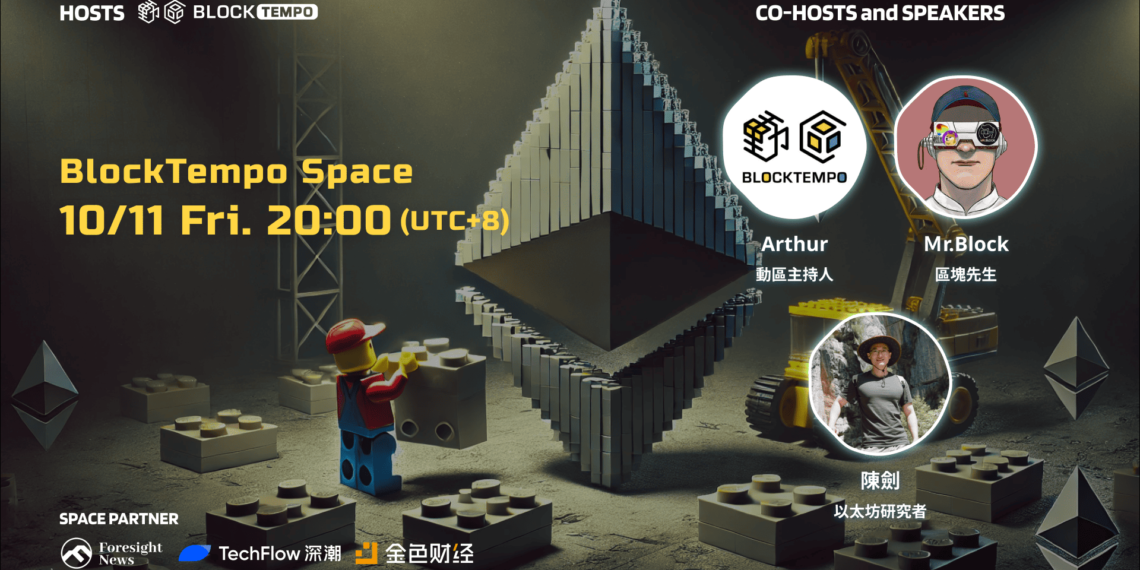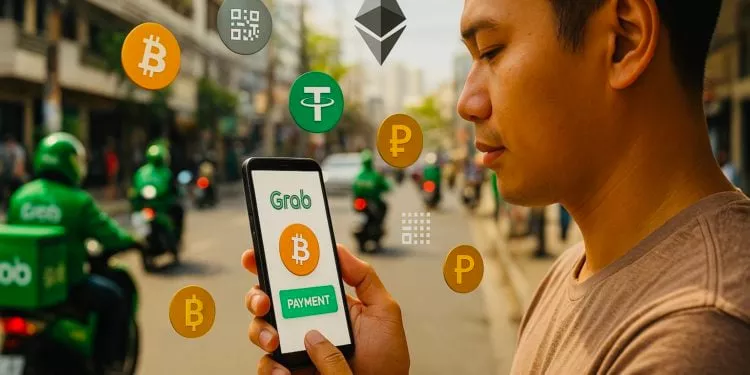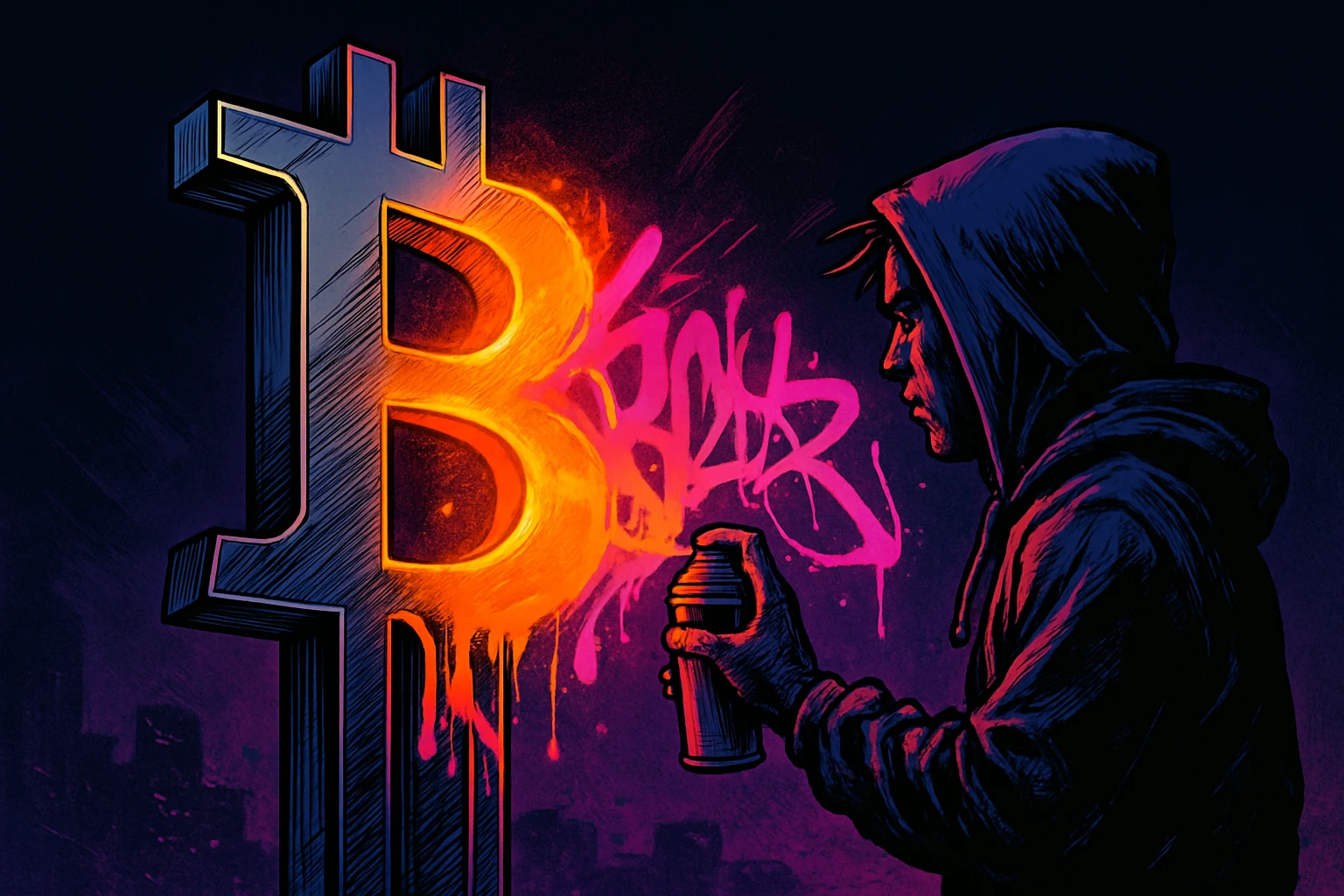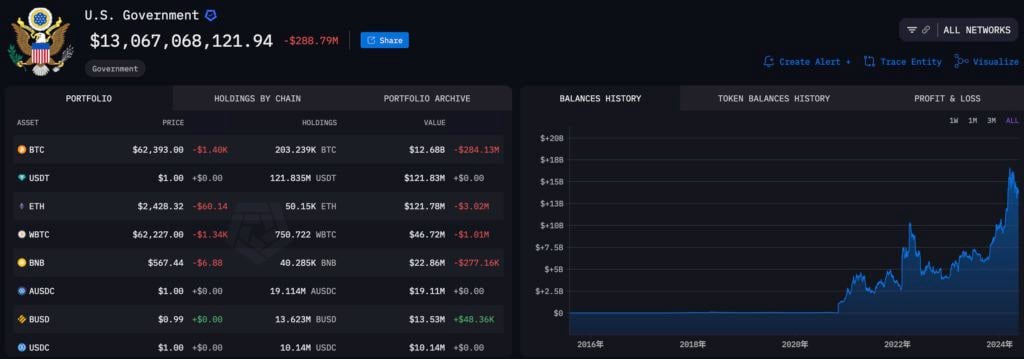Application developers are earning millions through “builder code” on platforms like Hyperliquid, and ERC-8021 proposes to natively integrate this system into Ethereum. This article is based on an article by Jarrod Watts , compiled, translated, and written by TechFlow
![图片[1]-ERC-8021 Proposal Interpretation: Is Ethereum going to replicate the Hyperliquid developer wealth creation myth?-OzABC](https://www.ozabc.com/wp-content/uploads/cover-image-erc-8021-proposal-ethereum-builder-codes-hyperliquid-developer-rewards-2-800x533.webp)
App developers are quietly earning millions by building apps on platforms like Hyperliquid and Polymarket, using a new revenue attribution system called “builder codes.”
This is a Roblox model in the crypto space: the platform serves as the foundation, enabling the building and monetization of thousands of applications—through unique code ownership activities and the distribution of revenue.
In this article, I will explain in detail what builder code is, how applications can earn millions through it, and how ERC-8021 proposed to bring this system natively to Ethereum.
What is builder code?
Builder code is essentially referral code designed for application developers—applications can use it to generate transaction volume and earn revenue for another platform (such as Hyperliquid).
This creates an on-chain attribution system that allows third-party applications (such as trading bots, AI agents, and wallet interfaces) to earn fees for the activity they generate on other platforms.
This system is mutually beneficial to all participants:
- The platform gains more transaction volume;
- Application developers earn revenue from the transaction volume they generate;
- Users will have a more convenient way to interact with the platform.
Let’s understand this better through an example—the Phantom.
Phantom’s perpetual contract revenue is a “money-printing machine”.
In July of this year, Phantom added support for perpetual contract trading by using Hyperliquid’s builder codes, a decision that currently generates approximately $100,000 in revenue for them daily.
Its operation allows users to transfer funds into a separate perpetual contract account and trade long and short positions directly within the mobile app.
For each order, Phantom includes their builder code and charges users a 0.05% fee – these fees are recorded through an on-chain attribution system and are available for collection in USDC.
![图片[2]-ERC-8021 Proposal Interpretation: Is Ethereum going to replicate the Hyperliquid developer wealth creation myth?-OzABC](https://www.ozabc.com/wp-content/uploads/erc-8021-proposal-interpretation-is-ethereum-going-to-replicate-the-hyperliquid-developer-wealth-creation-myth.png)
Image: Phantom earns fees by “marking” user orders from the Phantom Wallet app using builder code.
It’s worth noting that all of this relies on external APIs provided by Hyperliquid, making the build process extremely easy and far less expensive than developing similar complex functionality from scratch.
Phantom’s perpetual contract business has demonstrated an astonishing return on investment (ROI)—since its launch in July, Phantom’s perpetual contract trading volume has approached $20 billion, earning nearly $10 million in revenue in less than six months.
![图片[3]-ERC-8021 Proposal Interpretation: Is Ethereum going to replicate the Hyperliquid developer wealth creation myth?-OzABC](https://www.ozabc.com/wp-content/uploads/erc-8021-proposal-interpretation-is-ethereum-going-to-replicate-the-hyperliquid-developer-wealth-creation-myth-1.png)
Photo: Phantom earned nearly $150,000 through its perpetual contract business yesterday alone.
Interestingly, Phantom’s top perpetual contract users performed extremely poorly:
- It lost 99% of its approximately $2 million perpetual contract portfolio;
- The profit and loss was negative $1.8 million;
- The user paid approximately $191,000 in fees to Phantom via builder code. Currently, the user’s only position is a 25x leveraged long position in ETH (how you interpret this message is up to you).
Unless everyone loses all their money like this user, Hyperliquid will continue to generate huge profits for developers like Phantom who bring trading volume to its platform.
To date, the builder code for Hyperliquid has been implemented:
- It generated nearly $40 million in revenue for app developers;
- It provides a variety of superior user interfaces for perpetual contract trading;
- This generated over $100 billion more in perpetual contract trading volume for Hyperliquid!
The success of this model has been quickly validated, attracting many excellent application developers to build high-quality applications on Hyperliquid.
Polymarket followed closely behind.
This week, Polymarket announced a similar Builders Program designed to reward app developers for driving trading volume to their prediction markets.
To promote the integration of Builder Codes, Polymarket launched a weekly USDC rewards program based on integrated trading volume.
Although the trading volume from third-party Polymarket applications is currently far lower than that from Hyperliquid, its builder code has attracted several teams to develop user interfaces that offer users unique ways to make predictions.
![图片[4]-ERC-8021 Proposal Interpretation: Is Ethereum going to replicate the Hyperliquid developer wealth creation myth?-OzABC](https://www.ozabc.com/wp-content/uploads/erc-8021-proposal-interpretation-is-ethereum-going-to-replicate-the-hyperliquid-developer-wealth-creation-myth.jpeg)
Image: Over $50 million in betting volume was completed through the third-party Polymarket app.
Polymarket appears to be helping to expand the scope of builder applications, from trading terminals to AI assistants, and has also created a Hyperliquid-like dashboard to showcase top builders and their rewards.
Other prediction markets are expected to launch similar initiatives to compete, and a broader ecosystem of applications may follow the successful model of this recommendation system.
However, Ethereum has the opportunity to take this model to new heights, encouraging high-quality application developers to create innovative user interfaces based on the mature and reliable Ethereum platform.
Opportunities between ERC-8021 and Ethereum
Ethereum now has the opportunity to natively integrate builder code into the L2 and L1 layers, and a recent proposal suggests an interesting way to do this.
ERC-8021 proposes to embed builder code directly into transactions , along with a registry that allows developers to provide wallet addresses to receive rewards.
Implementing this proposal will provide a standardized way to add builder code to any transaction, while defining a general mechanism that allows platforms to reward application developers for the volume of transactions they generate.
ERC-8021 contains two core components:
- New transaction suffix : Developers can add small details to the end of the transaction to include their builder code, such as “phantom”, “my-app”, or “jarrod”.
- Code Registry : A smart contract that allows developers to map their builder code to a wallet address in order to receive revenue distributions from the platform.
![图片[5]-ERC-8021 Proposal Interpretation: Is Ethereum going to replicate the Hyperliquid developer wealth creation myth?-OzABC](https://www.ozabc.com/wp-content/uploads/erc-8021-proposal-interpretation-is-ethereum-going-to-replicate-the-hyperliquid-developer-wealth-creation-myth-1.jpeg)
The builder code can be added to the end of the transaction profile and can optionally be mapped to a wallet address to receive earnings.
This will enable any platform to attribute on-chain activity to the application from which it originated and to distribute revenue directly to those developers in a transparent and programmable manner.
Conclusion
Hyperliquid users may be familiar with the builder code, but upon closer inspection, the extent to which it has been widely adopted in such a short time is truly astonishing.
The reason for its success is obvious: builders are rewarded for creating high-quality consumer applications based on powerful primitives in the cryptographic field.
Ethereum has a large pool of existing high-quality platforms that can be integrated into a standardized builder code system to drive a new wave of consumer-facing applications.
Builder Code unlocks new revenue streams for high-quality app developers, based on the value they provide to users, rather than relying on funding they receive from conferences and parties.




